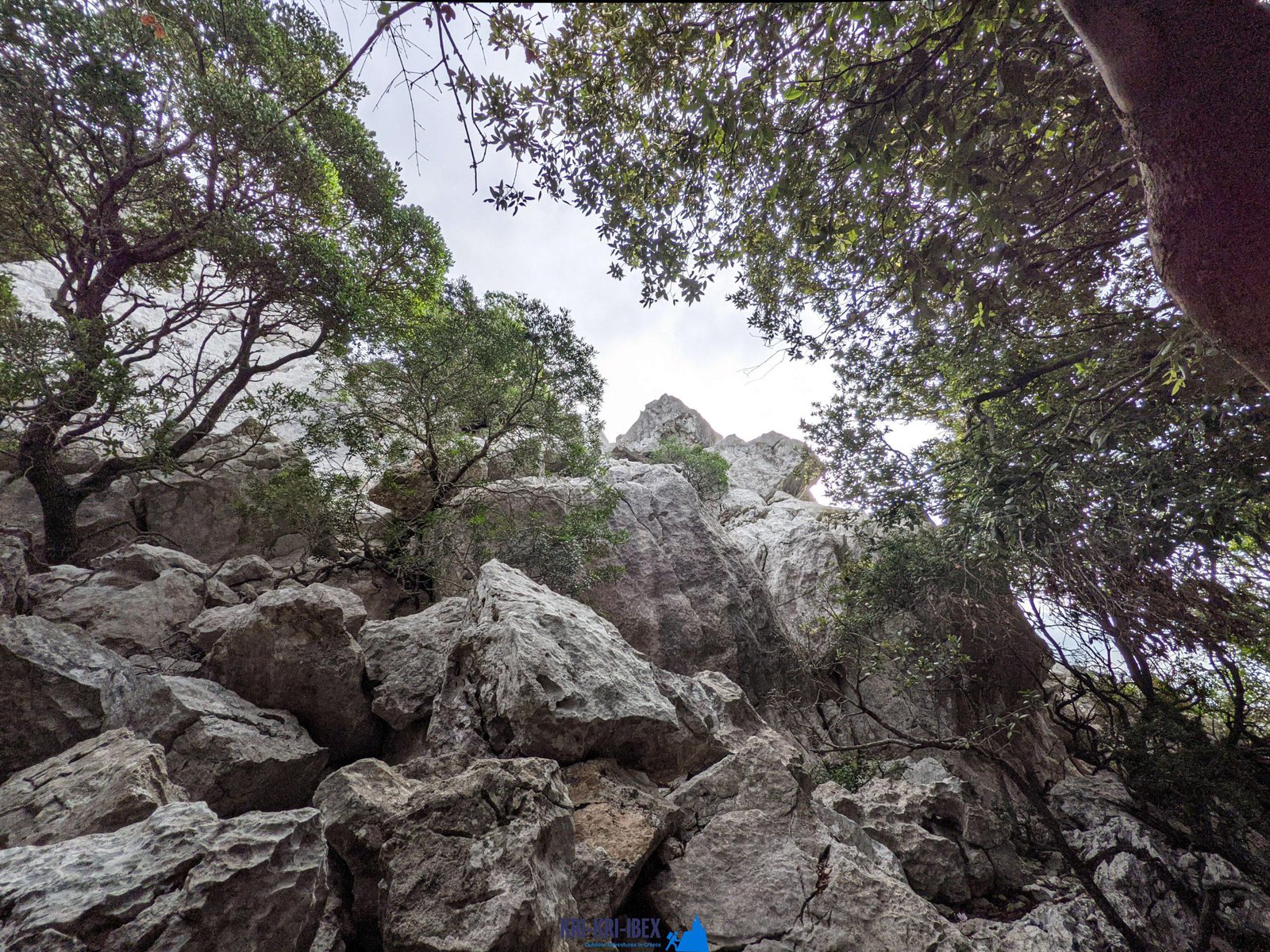Kri kri ibex hunting in Greece
Kri kri ibex hunting in Greece
Blog Article

Hunting for Kri Kri ibex in Greece is an incredible holiday as well as an exciting searching exploration all rolled into one. For a lot of seekers, ibex hunting is a tough task with unpleasant problems, yet not in this instance! Throughout 5 days of visiting ancient Greece, diving to shipwrecks, and also spearing, you'll encounter attractive Kri Kri ibex on an exotic island. What else could you desire?

The variety of Ibexes varies with the population due to the fact that it is not set. The Ibexes of the Cretan Ibex reproduce Kri-Kri is the tiniest ibex in terms of body weight, yet not horn size (Capra Aegagrus Cretica). A few specimens that went uncounted determined 115 centimeters (45 inches). The gold trophy is 61 centimeters (24 inches) long. The Kri-Kri ibex is hunted in Greece right now. Searching is available on Atalanti and Sapientza. Searching is permitted on Atalanti from the last week of October to the initial week of December. Hunting is permitted on Sapientza for the entire month of November, depending on climate condition.
Our outdoor searching, fishing, and also cost-free diving trips are the excellent way to see every little thing that Peloponnese has to use. These scenic tours are developed for travelers who intend to get off the beaten path and also really experience all that this amazing region needs to supply. You'll get to go hunting in a few of the most attractive wilderness areas in Greece, fish in crystal-clear waters for a variety of different varieties, and also free dive in some of the most stunning coastline in the Mediterranean. And best of all, our knowledgeable overviews will certainly exist with you every step of the way to ensure that you have a enjoyable and safe experience.
If you are looking for an authentic Greek experience away from the hustle and bustle of tourist then look no further than Methoni in The Peloponnesos! Our outside searching for Kri Kri ibex, fishing, totally free diving and visiting Peloponnese tours from Methoni are the ideal means to discover this lovely area at your own rate with like minded individuals. Get in touch with us today to schedule your position on among our tours.
What is the diference between Kri Kri ibex, Bezoar ibex and hybrid ibex
The kri-kri is not thought to be indigenous to Crete, most likely having been imported to the island during the time of the Minoan civilization. Nevertheless, it is found nowhere else and is therefore endemic to Crete. It was common throughout the Aegean but the peaks of the 8,000 ft (2,400 m) White Mountains of Western Crete are their last strongholds–particularly a series of almost vertical 3,000 ft (900 m) cliffs called ‘the Untrodden’—at the head of the Samaria Gorge. This mountain range, which hosts another 14 endemic animal species, is protected as a UNESCO Biosphere Reserve. In total, their range extends to the White Mountains, the Samaria National Forest and the islets of Dia, Thodorou, and Agii Pandes.
This Ibex is NOT a diminutive form of the Bezoar Ibex, which has migrated into the western-most reach of the range of this species. The kri – kri (Capra aegagrus cretica), sometimes called the Cretan goat, Agrimi, or Cretan Ibex, is a feral goat inhabiting the Eastern Mediterranean, previously considered a subspecies of wild goat. The kri-kri has a light brownish coat with a darker band around its neck. It has two horns that sweep back from the head. In the wild they are shy and avoid tourists, resting during the day. The animal can leap some distance or climb seemingly sheer cliffs.
“The agrimi goat Capra aegagrus cretica is unique to Crete and its offshore islands. It has been identi®ed as a sub-species of the wild bezoar goat Capra aegagrus aegagrus Erxleben, 1777, which it closely resembles in horn shape, body form and coloration. This classi®cation has been disputed by some researchers who claim that the agrimi are feral goats, derived from early domestic stock brought to the island by the ®rst Neolithic settlers. In order to clarify this issue, DNA analyses (cytochrome b and D loop sequences) were carried out on tissue of live and skeletonized agrimi and compared to sequences of wild and domestic caprines. Results conclusively show the agrimi to be a feral animal, that clades with domestic goats (Capra hircus) rather than with wild Asiatic bezoar. This study demonstrates that morphometric criteria do not necessarily re¯ect genetic af®nities, and that the taxonomic classi®cation of agrimi should be revised.”
Report this page